Tag: Evolution
-
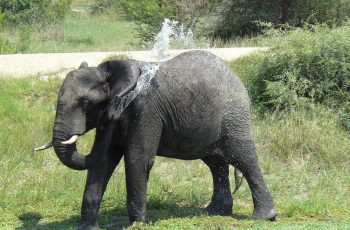
African Elephant – Change Over Time
Students read about how elephant populations declined over a century due to the ivory trade and how international laws attempt to protect elephants. A video shows how female elephants in some areas have evolved the tuskless trait in response to selective pressure from poaching.
-
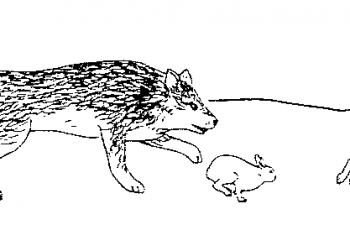
How Do Bunny Populations Change Over Time?
A set of images show how rabbits change over time as a result of selective pressure from wolf predation. Students match each graphic with one of the four steps of evolution on the VIDA chart: variation, inheritance, differential survival, and adaptation.
-
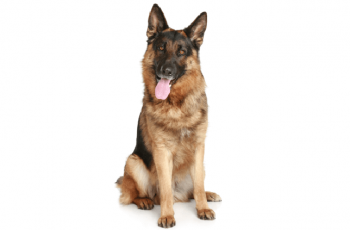
Dogs Decoded – Nova Video
One of my favorite evolutionary videos is this Nova production on dogs, called “Dogs Decoded.” This is a great program to bridge the topic of genetics to evolution. The program starts by examining the unique relationship humans have with dogs, and how dog evolution was shaped by that relationship.
-
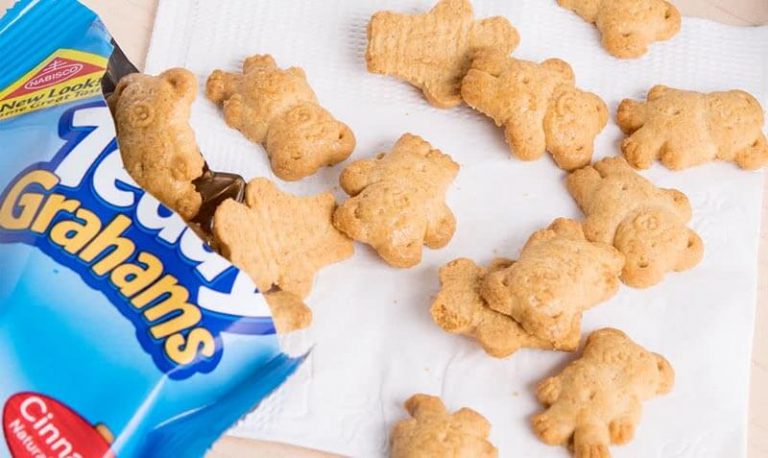
Teddy Graham Lab Modeling HW Equilibrium
Model Hardy Weinberg equilibrium using Teddy Grahams. Compare happy bears to sad bears.
-
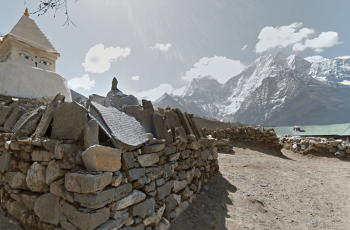
Case Study: How Do Tibetans Survive High Altitudes
Based on the Berkeley website: Understanding Evolution, this version focuses on the how the body maintains homeostasis at high altitudes. This involves increased production of red blood cells to improve oxygen supplies to tissues. Tibetan populations have adapted to high altitudes by producing fewer red blood cells which improves fetal mortality rates. Case looks…
-
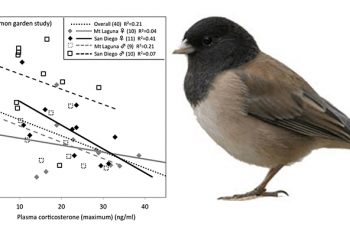
Data Analysis: Funky Juncos
View a short video about how a group of birds split from the main population and evolved in relative isolation near a college campus. The film is is 88 minutes long and all of its parts can be viewed at the Juncoproject.com, though for this activity, only one 16 minute chapter is viewed. The…
-
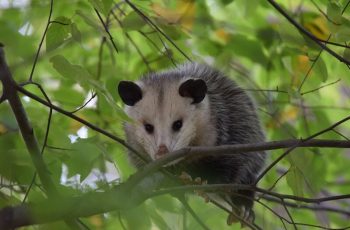
Data Analysis: Virginia Opossum and Color Variations
Students examine scatter plots that show phenotype variations among opossums in North America, exhibiting variations in coat color, ear length, and size.
-
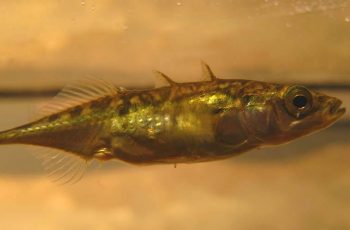
Investigation: Gene Switches in Stickleback Fish
This activity was modified from HHMI’s “Modeling the Regulatory Switches of the Pitx1 Gene in Stickleback Fish” The activity is presented as a type of investigation or case study where students examine regulatory switches and was a short film that describes the role of the Pitx1 gene in the development of spines. Students can work…
-
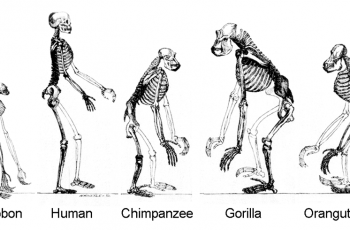
Evolution: Fact, Fiction, or Opinion
This lesson can be used to introduce evolution and establish what your students already understand (or misunderstand) about evolutionary theory. Statements can be printed and cut into slips and students work in small groups to categorize each statement as either Fact, Fiction, or Opinion. The included answer key has quick explanations as well…
-
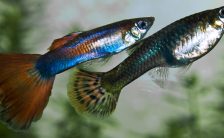
Case Study: How Did the Guppy Get His Color?
This case study examines evolution in guppies as evidenced by color variation in populations. It is based on an iconic study performed by John Endler where he collected data on guppies by scoring the size, number, and brightness of spots. Students progress though the slides (lecture and discussion), and examine details of Endler’s study, such as where…
-
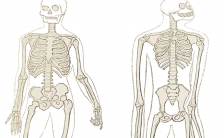
Compare a Human and Chimpanzee Skeleton
This handout can be used in discussions on the evolution of bipedalism or in any unit on the skeletal system. Students label the bones of the skeleton and make comparisons between the forelimbs, hind limbs, and pelvis. I created this handout to compliment an evolutionary lesson and video from HHMI on the “Origin of Humans”…
-
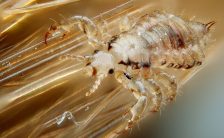
Case Study – Lice and Human Evolution
Google slides present a case of human evolution and the evolution of body lice. Students read details and data and answer questions in small groups.
-

Case Study: How Do Bacteria Become Resistant?
Students analyze data regarding methicillin and penicillin resistant bacteria, focusing how hospitals inadvertently drive the evolution of resistant strains. Each section of the case explores an aspect of dealing with bacteria, including sanitation, analyzing agar plates uses the Kirby-Bauer disk method and concludes with students suggesting plans for reducing the incidence of MRSA in hospitals. With…
-
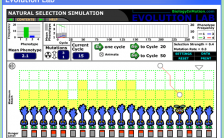
Investigation: What Factors Influence Evolution
Explore the relationship between mutation, selection strength and the rate of evolution by using a simulation, which shows how a population evolves.
-

Stickleback Fish – An Evolution Story
Students to examine two lakes and compare the types of fish in each. They learn how lakes form, and why spines may be an advantage for some populations.

